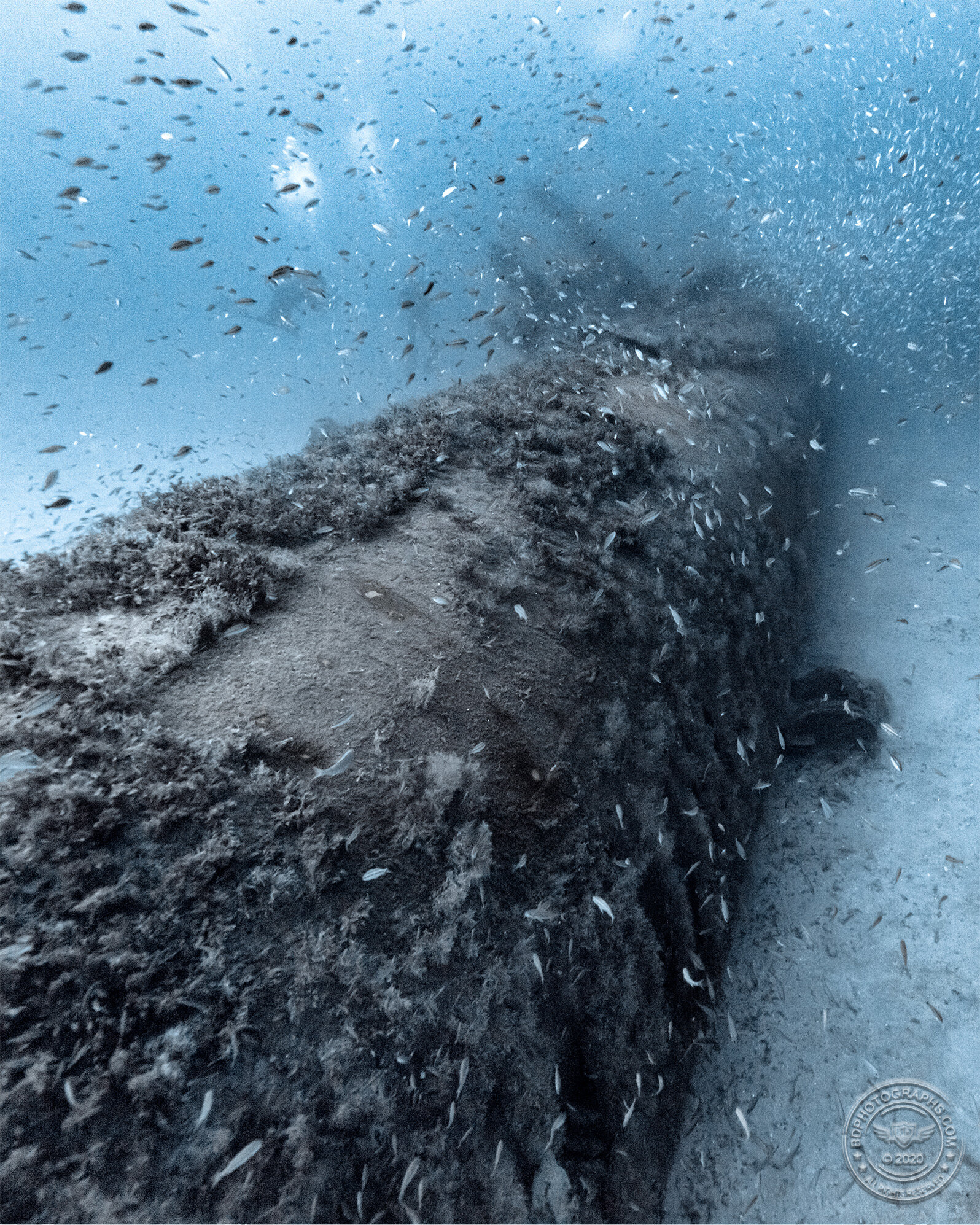We’re going back into the water in the latest episode, this time to explore what lurks in the ‘Graveyard of the Atlantic’ off the coast of North Carolina. We’ll photograph a true ghost of war: one of Hitler’s infamous U-boats that went down with over a dozen men still inside. We’ll also have intimate encounters with the sharks that patrol these shipwrecks and we’ll bring home some of their fallen teeth. (And this time no sharks attempted to eat my camera.) Join me 100 feet below to see what lies at the bottom of the ocean.
This video was a challenge to put together because of the low light levels during these deep dives. All of the underwater footage was filmed on GoPro cameras using natural light which meant really pushing the capabilities of the cameras. Nonetheless, the experience of the dives and the photos themselves come across, so forgive the grainy footage and enjoy the adventure.
Most of the footage was filmed in July 2020 during the coronavirus pandemic. While diving was affected by some of the anxieties felt everywhere, with necessary precautions implemented, it was an amazing return to normalcy the second everyone hit the water. Below the surface, everything was exactly as it had always been: no hand sanitizer, social distancing, or worries about illness. It was a welcome glimpse of the past and the future during a very difficult and unusual present.
Lots more underwater content here if you want to see more sharks, mantas, turtles, and reefs.
The U-352, one of Hitler’s infamous U-boats in the Second World War. The submarine was sunk after firing a torpedo at — and missing — the US Coast Guard Cutter Icarus. Not the most photogenic wreck I’ve visited, but easily the most meaningful.
A sand tiger shark cruising inside the wreck of the USS Aeolus. Despite their fearsome appearance, sand tigers are laid back and tolerant of divers. This one swam just a couple feet in front of me and posed for a photo.
If you’re interested in photography and supporting small business, check out Adorama








